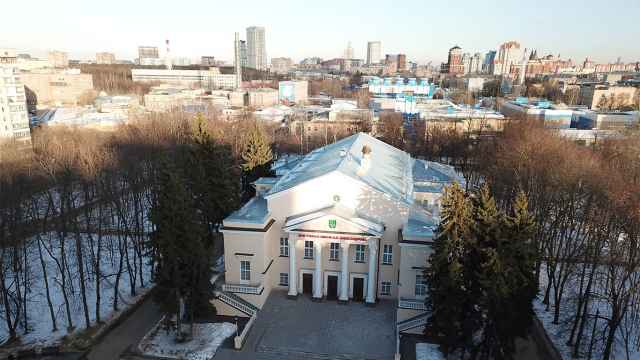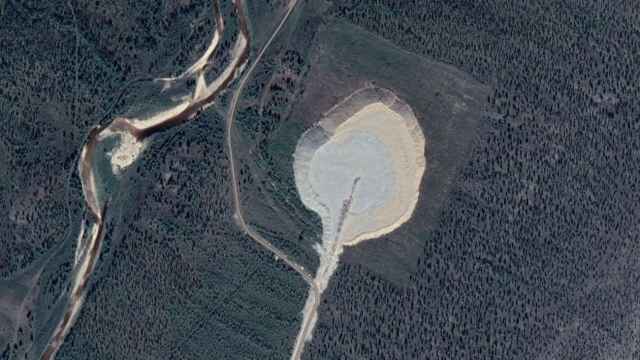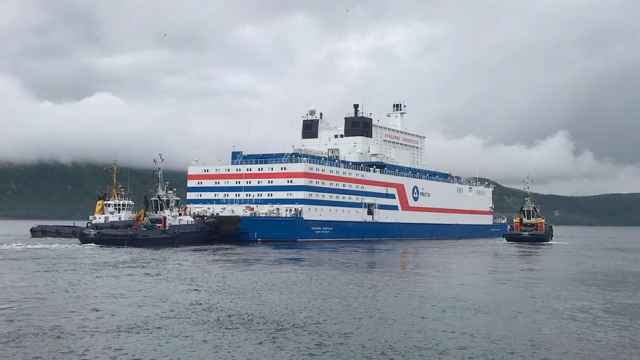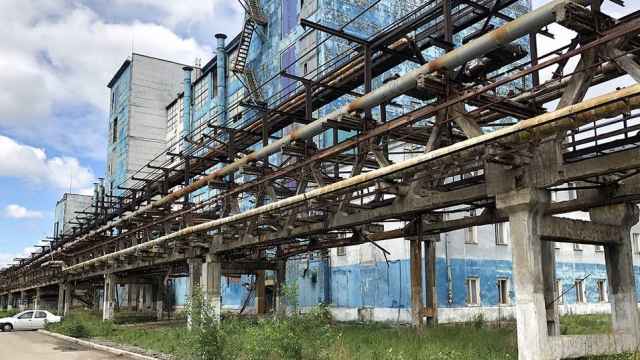When Yelena Ageyeva moved to the Moskvorechye-Saburovo neighborhood in southeastern Moscow in 1987, she was aware that there was a radioactive site across the railroad tracks from her apartment building.
“They calmed us down by saying that it was all buried under soil and so we had nothing to worry about,” said the 59-year-old pensioner on a recent evening at the commuter rail station adjacent to the site. “We lived in peace all these years.”
The site, the Moscow Polymetals Plant’s slag heap, contains tens of thousands of tons of radioactive waste left over after the extraction of thorium and uranium from ore. The factory ceased production of metals in 1996 for “environmental reasons,” according to its website — it now produces weapons and military equipment — and the dump is now a hill half a kilometer wide sloping down to the banks of the Moscow River.
City officials had been considering a full-scale clean-up for years, but never rubber-stamped a plan due to the risky location of the site near a source of water for Moscow’s southern suburbs.
Now residents of nearby neighborhoods say new plans for an eight-lane highway across the southern band of the city that will pass next to the site have eclipsed environmental and health concerns. They warn that the construction will unleash the buried radioactive materials into the river at the bottom of the hill and the air that the city’s 12 million residents will breathe.
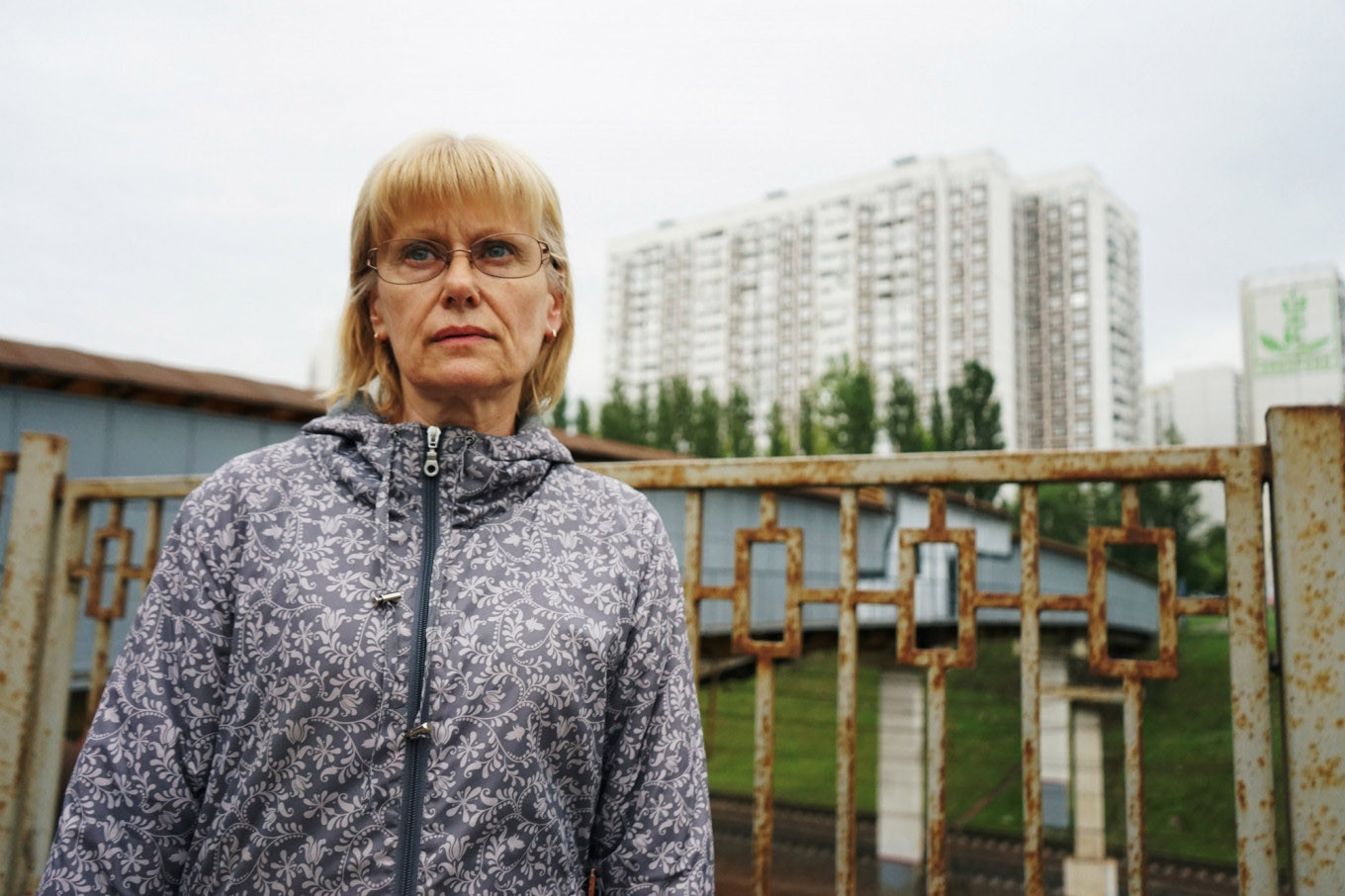
A legacy of a rushed Soviet effort to begin nuclear research as the race to build an atomic bomb gained steam in the 1930s, the hill is one of many contaminated sites across Russia — some of which are smack bang in the middle of the country’s capital and most populated city, where research first began at the Kurchatov Institute.
Just 13 kilometers from the Kremlin and steps from Kolomenskoye Park, a popular spot for Muscovites to ski in winter and picnic in summer, the Moskvorechye-Saburovo hill is the most contaminated of the bunch, according to Radon, a government agency tasked with locating and clearing radioactive waste.
“Operations in such an environment are a serious engineering challenge — one incautious step, and radioactive soil gets into the river,” said Alexander Barinov, Radon’s chief engineer for Moscow, when asked about the site in a 2006 interview.
“Full decontamination by removing all of the radioactive waste is simply impossible,” he added, noting that Radon every year conducts “a kind of therapy” to ensure the site’s safety — in short, dumping dirt on top of the waste to keep it buried after topsoil runoff each spring.
“The alternative is to assign this territory a special status and impose restrictions on its use, but the city authorities keep postponing this decision.”
More than a decade later, the authorities have apparently postponed that decision indefinitely. According to activists and local politicians, city officials are pretending the problem doesn’t exist at all.
“I believe the authorities know full well the risks,” said Pavel Tarasov, a Communist Party municipal deputy representing the Lefortovo neighborhood. “But it’s a lot easier to steal state budget funds allocated to construction than to clean up radioactive waste.”
Officials last fall started to push ahead with plans to build the new highway. In November, they began holding public hearings in neighborhoods through which the road will pass, including those around the radioactive site. Activists say officials didn’t mention that the hill holds radioactive waste during those hearings.
“We’ve been well aware that there was radioactive waste here for a long time,” said Andrei Ozharovsky, a specialist with the radioactive waste safety program of the country-wide Social-Ecological Union non-profit organization, during a recent tour of the site.
Ozharovsky, who in 1989 graduated from the National Research Nuclear University, located within walking distance of the plant, said he studied under a professor who used to be its former director and would mention the waste left there in lectures.
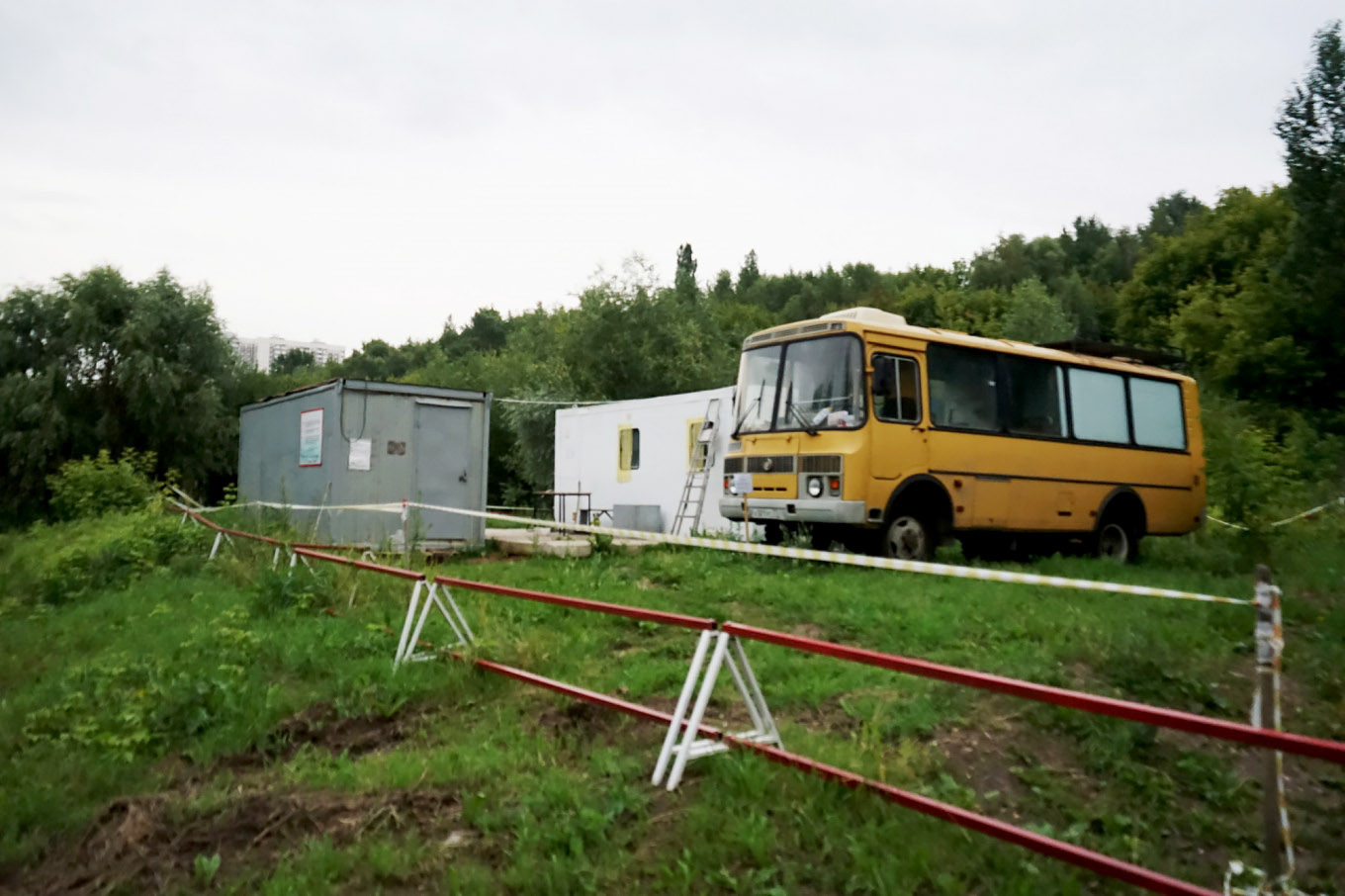
That information was not exclusive to nuclear scientists. In 2011, the popular state-run Rossia 1 television channel toured the site. “The radiation there exceeds the permissible level by tens of times,” a broadcaster said on air.
With the information out in the open, it wasn’t long until activists began to raise concerns on social media after the public hearings began last year. As anxiety swelled, local residents and municipal deputies demanded that the authorities conduct a safety test. In April, specialists from Radon and the Emergency Situations Ministry measured a rate two hundred times higher than the norm.
In the weeks since, officials have attempted to placate concerns by noting that construction won’t actually touch the radioactive parts of the site but just pass nearby — 50 meters away, to be exact. In a statement released Thursday, Radon called the reactions by local public figures “extremely emotional.”
A day earlier, Greenpeace Russia had released a statement demanding that construction be halted.
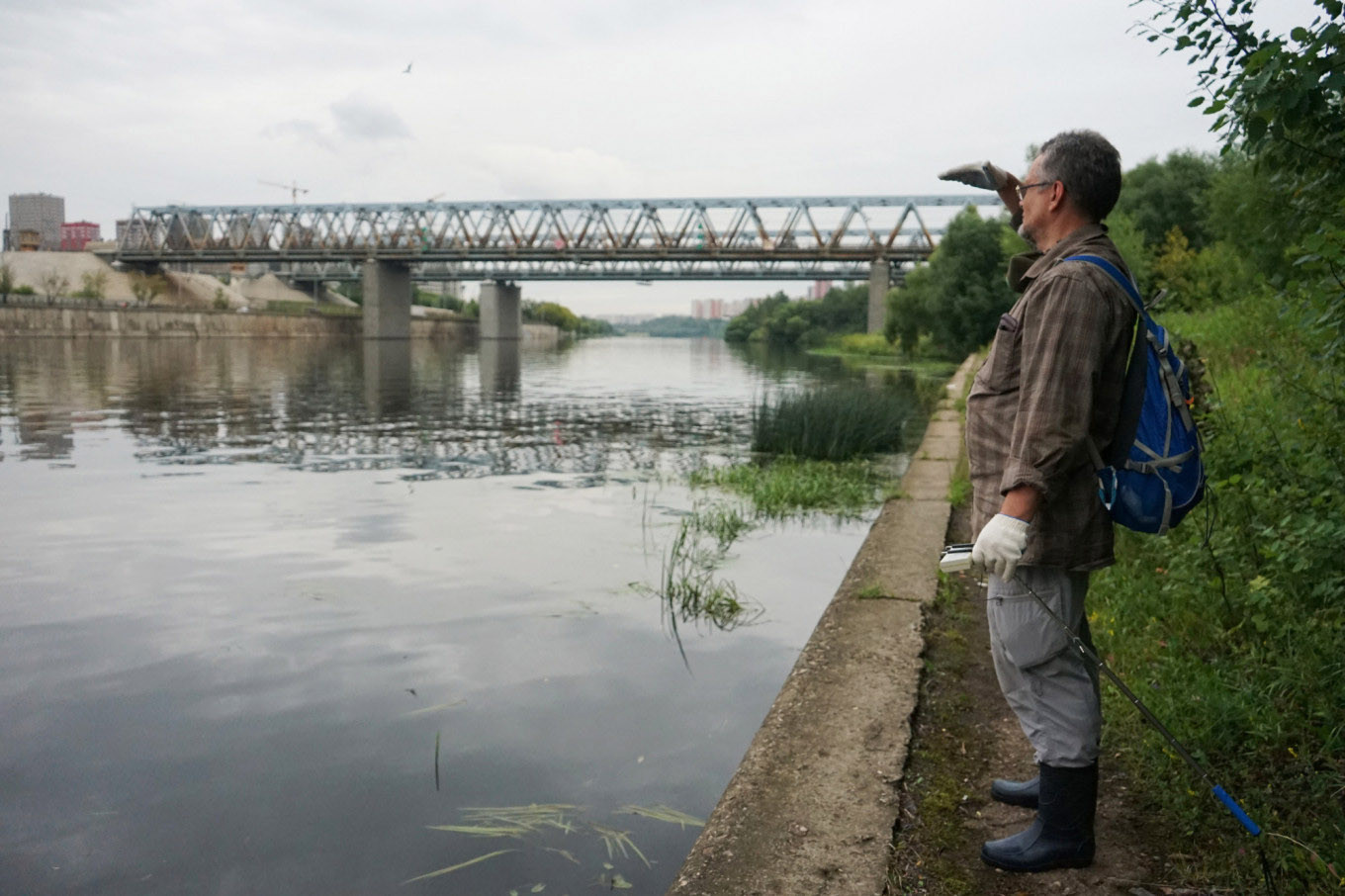
“Once trucks start driving near the site, the topsoil will slide and the radioactive dust will be released,” said Rashid Alimov, the director of the organization’s energy program, noting that the April examination didn’t dig deep enough to determine the danger level of the waste beneath.
“If radioactive dust gets into people’s lungs, it can increase the likelihood of cancer,” he added.
That worry has hit close to home for Katya Maximova, 32, who lives across the river from the site. When the Chernobyl reactor exploded in 1986, the year before she was born, her aunt lived in Ponyri, a village in Russia’s southern Kursk region about 500 kilometers away. The aunt believes the tragedy killed off almost everyone in the village over the next decade.
“Pretty much everyone got cancer within the next five to 10 years,” Maximova said.
Maximova, who has been a driving force behind the social media campaign to raise awareness about the Polymetals Plant hill, criticized the authorities for withholding information from the public and not attempting to understand the full picture in the first place.
“We’re not specialists so it’s hard to know what’s true,” she said. “We’re not against the authorities or against the construction. What we want is a full-scale examination first.”
A public hearing at the State Duma is scheduled for Wednesday morning, but Maximova said construction of the highway has already started on her side of the river.
“We have a long history of tragedies due to negligence,” she said, noting Chernobyl and last year’s fire at the Winter Cherry Mall in the Siberian city of Kemerovo that killed more than 60 people, many of them children. “These are preventable tragedies.”
Maximova has recruited others to help with the social campaign, including her friend Ruslana Lugovaya. Thinking about what could happen frightens Lugovaya, so she is allaying her fears by focusing on the work, with a dab of dark humor.
“Why go visit Chernobyl when we have our own Chernobyl right here in Moscow?” she said.
A Message from The Moscow Times:
Dear readers,
We are facing unprecedented challenges. Russia's Prosecutor General's Office has designated The Moscow Times as an "undesirable" organization, criminalizing our work and putting our staff at risk of prosecution. This follows our earlier unjust labeling as a "foreign agent."
These actions are direct attempts to silence independent journalism in Russia. The authorities claim our work "discredits the decisions of the Russian leadership." We see things differently: we strive to provide accurate, unbiased reporting on Russia.
We, the journalists of The Moscow Times, refuse to be silenced. But to continue our work, we need your help.
Your support, no matter how small, makes a world of difference. If you can, please support us monthly starting from just $2. It's quick to set up, and every contribution makes a significant impact.
By supporting The Moscow Times, you're defending open, independent journalism in the face of repression. Thank you for standing with us.
Remind me later.




